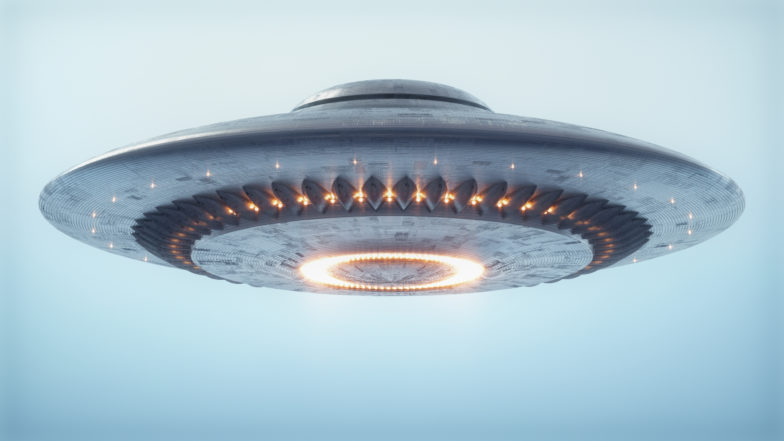Coincidence Provides a Tool
In their book The Privileged Planet, authors Guillermo Gonzalez and Jay Richards call attention to the remarkable coincidence between the apparent size of the Moon and the Sun in the sky (as seen from Earth), and the how this arrangement has led to important scientific discoveries. Besides the esthetic pleasure observing solar eclipses, where the moon perfectly blocks out the sun, Earth’s privileged position affords astronomers the ability to study the Sun and its corona, to test Einstein’s general theory of relativity, and to determine the past rotation rate of the Earth.
Using the Hubble Space Telescope, researchers have recently discovered another amazing cosmic coincidence that offers promise for future discoveries. As part of the ongoing Sloan Lens Advanced Camera for Surveys (SLACS) program, a team of astronomers led by Raphael Gavazzi and Tommaso Treu reported a never-before-seen optical alignment in space: a pair of glowing rings, one nestled inside the other like a bull’s-eye pattern.
A single-ring pattern provides an example of gravitational lensing, which occurs when a massive galaxy in the foreground bends the light rays from a distance galaxy behind it, somewhat analogous to the way a magnifying glass bends light. When the galaxies are exactly lined up with the line-of-sight of the observer, a circle of light called an “Einstein ring” appears, surrounding the foreground galaxy with light from the more-distant galaxy.
This discovery is remarkable because the appearance of two concentric rings requires an exact alignment of three galaxies. In this case, the researchers have determined the foreground galaxy is 3 billion light-years away. The inner ring is caused by a second galaxy at a distance of 6 billion light-years, and the outer ring is coming from a galaxy at a distance of approximately 11 billion light-years. The team estimates the probability of seeing such a special alignment to be about 1 in 10,000.
The authors note that a single Einstein ring allows for the precise mapping of the distribution of dark matter in the foreground galaxy that causes the light to bend. However, the geometry of the two rings allowed the team to determine the mass of the middle galaxy accurately at 1 billion solar masses, making it the first measurement of the mass of a dwarf galaxy at such a large distance.
Similar to the coincidence of the Moon and Sun, alignments like these galaxies can provide unique glimpses into the universe. The report observes that a sample of several dozen double rings could offer an independent measure of galaxy masses and provide an independent measure of the curvature of space, lending help in determining the matter content of the universe and the properties of dark matter.
RTB scholars look forward to such discoveries and the support they will provide for establishing predictions made in the RTB creation model.






